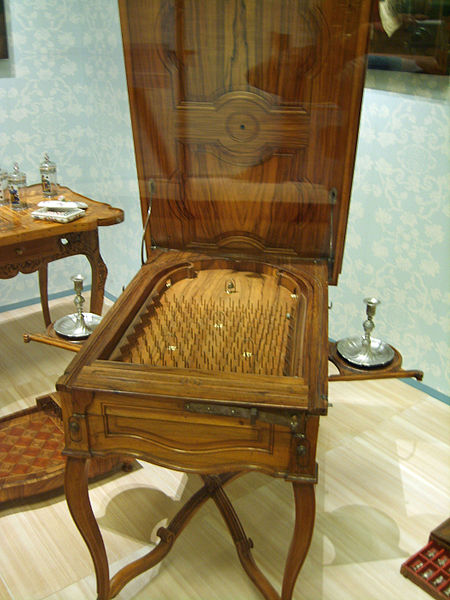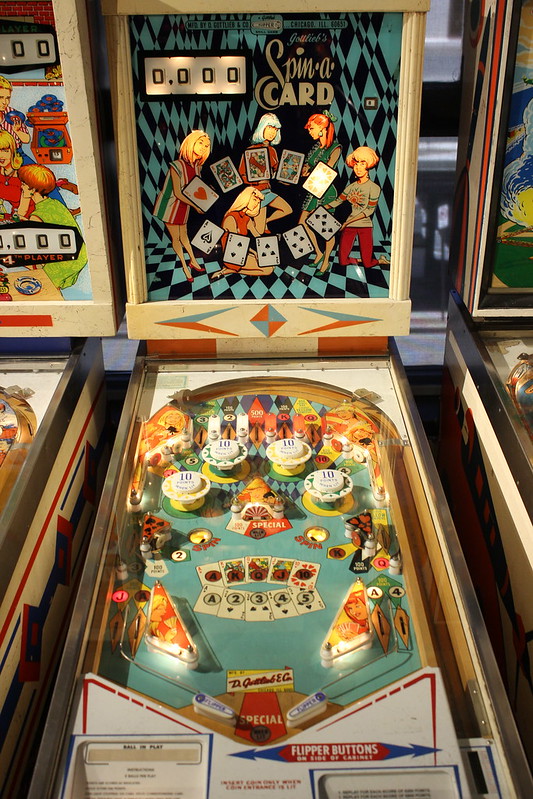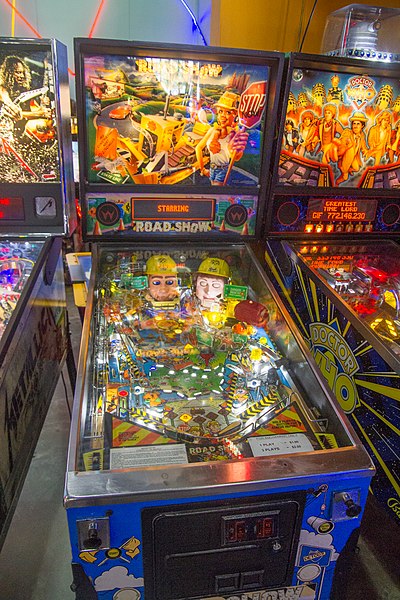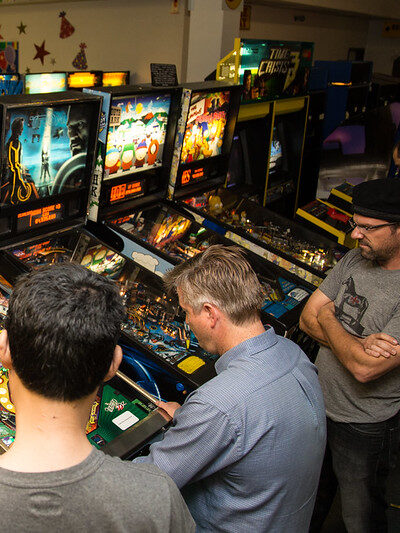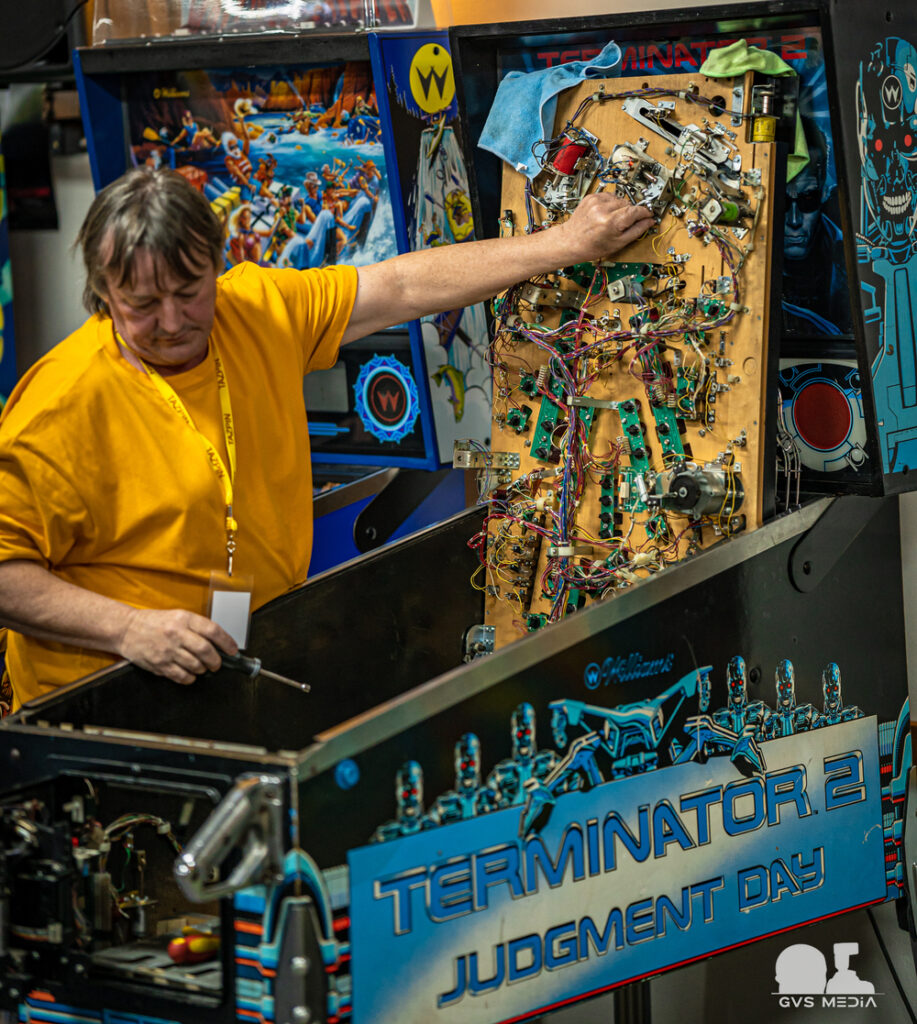
Pinball history
Pinball is a game that has evolved significantly over time, from its early origins in France to the high-tech, multi-sensory experiences of modern pinball machines. Here’s a brief history of pinball, from its beginnings to the present day:
Bagatelle: The precursor to pinball
The history of pinball can be traced back to the 18th century in France, where a game called bagatelle was popular. Bagatelle was a tabletop game that involved using a stick to shoot balls up a board with pegs, trying to land them in scoring holes at the bottom. The game was simple but addictive, and it became popular throughout Europe.
The birth of pinball
In the 19th century, bagatelle evolved into a new game called pinball. The first pinball machines were mechanical and used a spring-loaded plunger to launch the ball onto a playing field. Players used flippers to keep the ball in play and score points by hitting targets on the playing field.
Modern pinball
The first pinball machine to feature flippers was “Humpty Dumpty”, which was released by the Gottlieb company in 1947. Prior to the introduction of flippers, pinball machines relied on gravity and the player’s skill at nudging the machine to keep the ball in play. However, the addition of flippers allowed for a more strategic style of gameplay, and helped to transform pinball into the game we know and love today.
In the 1960s and 1970s, pinball machines continued to evolve, with new features like multiball play, electronic scoring, and more complex playing fields.
By the 1980s, pinball machines had common features between them that we both came to expect and helped define what pinball is. Most machines featured a spring-loaded plunger to launch the ball onto the playing field, flippers to keep the ball in play, and slingshots to bounce the ball around the playing field.
In addition to these basic features, pinball machines of the 1980s and 1990s often featured more complex playing fields than their predecessors, with multiple ramps, video modes, and engaging mechanisms (or toys).
Pinball machines became a staple of arcades and bars, and many people developed a love for the game that would last for decades.
The decline of pinball
In the 1980s, video games like Space Invaders and Pac-Man began to overtake pinball as the dominant form of arcade entertainment. Pinball manufacturers struggled to keep up with the rapidly evolving technology of video games, and sales of pinball machines began to decline.
While pinball never completely disappeared, it did experience a significant decline in popularity in the late 1990s and early 2000s. During this time, many pinball manufacturers went out of business, and the number of pinball machines in arcades and other public spaces dwindled.
The resurgence of pinball
In the last decade or so, pinball has experienced a resurgence in popularity. Part of this is due to the efforts of dedicated pinball enthusiasts who have worked to keep the game alive, as well as the growth of competitive pinball leagues and tournaments.
In addition, new pinball manufacturers have emerged, such as Jersey Jack Pinball, Spooky Pinball, and Australia’s own Haggis Pinball. These companies have released a number of popular and innovative pinball machines in recent years, featuring cutting-edge technology and immersive gameplay experiences.
Recently the pinball industry has been thriving, with new manufacturers and designers entering the market and creating innovative new machines that appeal to both casual players and hardcore enthusiasts. This has helped to keep the game fresh and exciting, and has contributed to the recent surge in popularity.
Overall, it’s an exciting time to be a pinball fan, and the future of the game looks bright.
